+86-159 9860 6917
info@geofantex.com
geofantex@gmail.com
+86-400-8266163-44899
Slope protection is a critical aspect of environmental and civil engineering, aimed at preventing soil erosion, and landslides, and promoting vegetation growth on steep surfaces. With the advent of innovative technologies, the geocell grid system has emerged as a sustainable and efficient solution for slope protection. This popular science article delves into the essence of geocell grids, their application on various slopes, the concept of slope grids, and the compelling reasons behind their growing popularity.
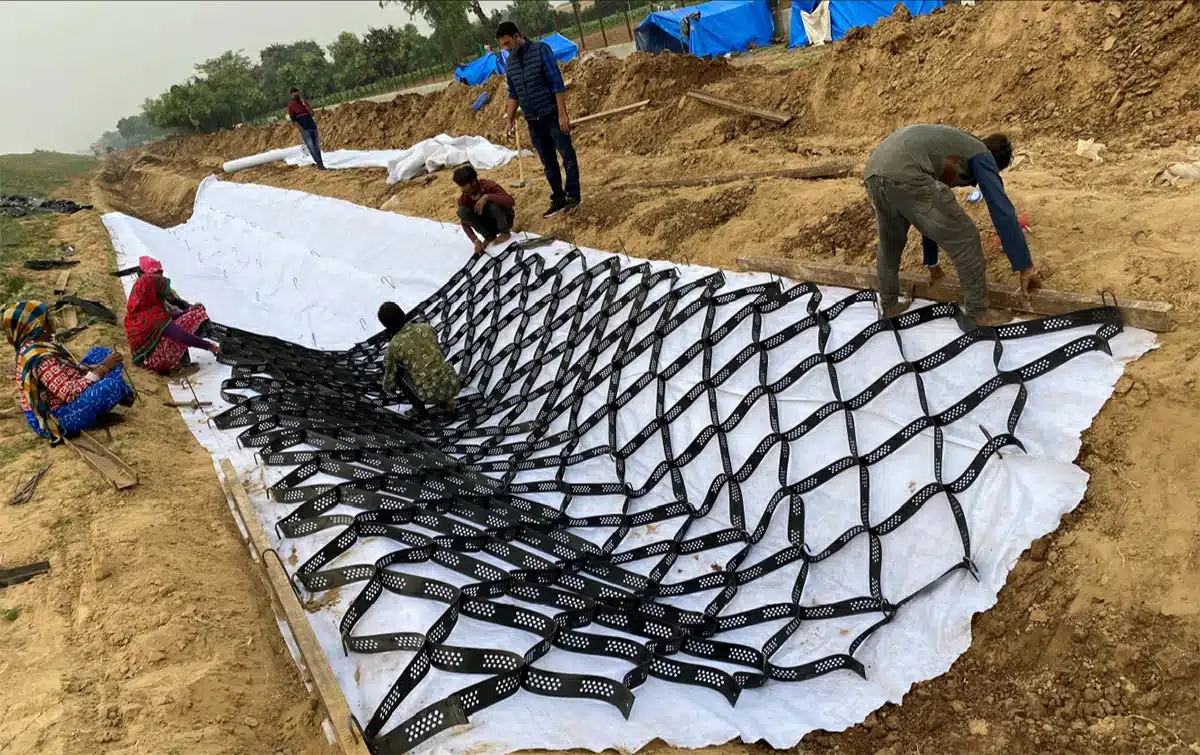
What is a Geocell for Slope Protection?
- Distributing Load: Geocells help distribute the weight of traffic or other loads across the slope, preventing soil erosion or failure.
- Preventing Erosion: The geocell structure holds the soil in place, reducing surface water runoff and preventing soil loss due to rain or wind.
- Vegetation Growth: The cells provide a stable base that allows for better vegetation growth, further enhancing slope stabilization.
- Cost-Effectiveness: Geocells are often a more affordable alternative to traditional slope protection methods, such as retaining walls or concrete.
What is the Maximum Slope for Geocell?
The maximum slope angle advised for constructing a geocell structure typically ranges from 45° to 60°, depending on the project requirements and soil conditions. Geocells can stabilize slopes effectively even at these steep angles because they confine the soil, preventing it from sliding or eroding. However, the actual angle depends on several factors:
- Soil Type and Conditions: Cohesive soils like clay may allow for steeper slopes, while sandy or loose soils require gentler angles.
- Geocell Material and Design: The geocell’s cell size, depth, and material strength significantly impact stability. Larger, deeper cells may support steeper angles.
- Load and Environmental Factors: Heavy loads (e.g., retaining walls or traffic) and environmental factors like heavy rainfall may necessitate flatter slopes.
- Reinforcement Measures: Additional reinforcement, such as anchoring or integrating geogrids, can also influence slope steepness.
Consulting a geotechnical engineer is advisable for a site-specific evaluation.
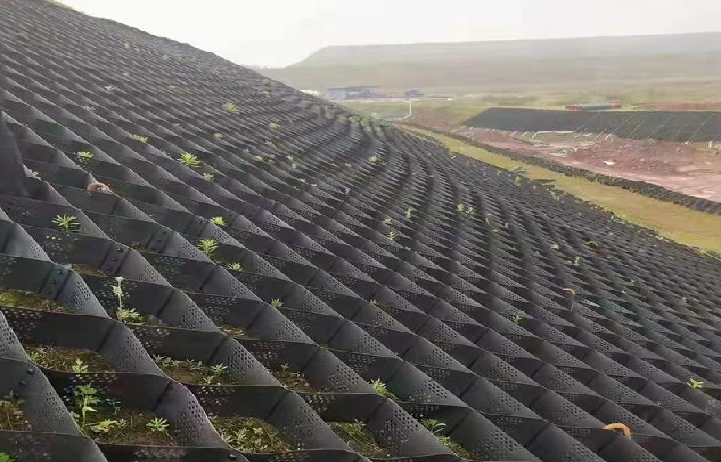
What is the Maximum Slope for Geocell?
The maximum slope angle for geocell applications depends on various factors, including the type of geocell, soil properties, terrain characteristics, and project requirements. Generally, geocells can effectively stabilize slopes with angles ranging from 0° (horizontal) to approximately 45° or even steeper slopes in some cases. However, the maximum slope angle may vary based on the following factors:
- Geocell Type: Different types of geocells have varying capabilities in stabilizing slopes. High-quality geocells with robust design and materials can withstand steeper slopes compared to lower-grade alternatives.
- Soil Properties: Soil characteristics such as cohesion, internal friction angle, shear strength, and permeability influence the stability of slopes reinforced with geocells. Cohesive soils and those with higher shear strength tend to support steeper slopes when reinforced with geocells.
- Terrain Conditions: Factors like rainfall, groundwater level, seismic activity, and vegetation cover can affect slope stability. Geocells must be designed to accommodate these environmental conditions and provide adequate stabilization.
- Project Requirements: The intended use of the slope, such as for road embankments, retaining walls, or erosion control, dictates the design requirements and maximum allowable slope angle. Safety, durability, and long-term performance are critical considerations.
It’s essential to conduct thorough engineering analysis and slope stability assessments to determine the maximum allowable slope angle for a specific project. Additionally, site-specific conditions, construction methods, and maintenance practices should be carefully evaluated to ensure the effectiveness and safety of geocell applications on slopes.
Why Use Geocell?
- Soil Stabilization: Geocells confine soil, preventing lateral movement and improving load-bearing capacity. This makes weak soils stronger and more stable.
- Erosion Control: They protect slopes, riverbanks, and embankments from erosion by holding soil and vegetation in place.
- Load Distribution: Geocells distribute loads over a wider area, reducing stress on underlying soil — ideal for roads, pavements, and heavy-duty surfaces.
- Cost-Effective: By reducing the need for deep excavation or expensive fill materials, geocells lower construction and maintenance costs.
- Environmental Benefits: They allow vegetation growth within cells, promoting natural restoration and reducing environmental impact.
- Versatility: Geocells are used in various applications — from road construction and retaining walls to green roofs and load support platforms.
The use of a geocell grid for slope protection represents a modern approach to addressing the challenges of soil erosion and slope stabilization. By understanding what geocells are, the slopes they can protect, the concept of slope grids, and the reasons for their effectiveness, we can appreciate the innovative nature of geocell technology. As we continue to seek sustainable and efficient solutions for environmental protection, geocell grids stand out as a promising option for preserving our landscapes while promoting safety and biodiversity.
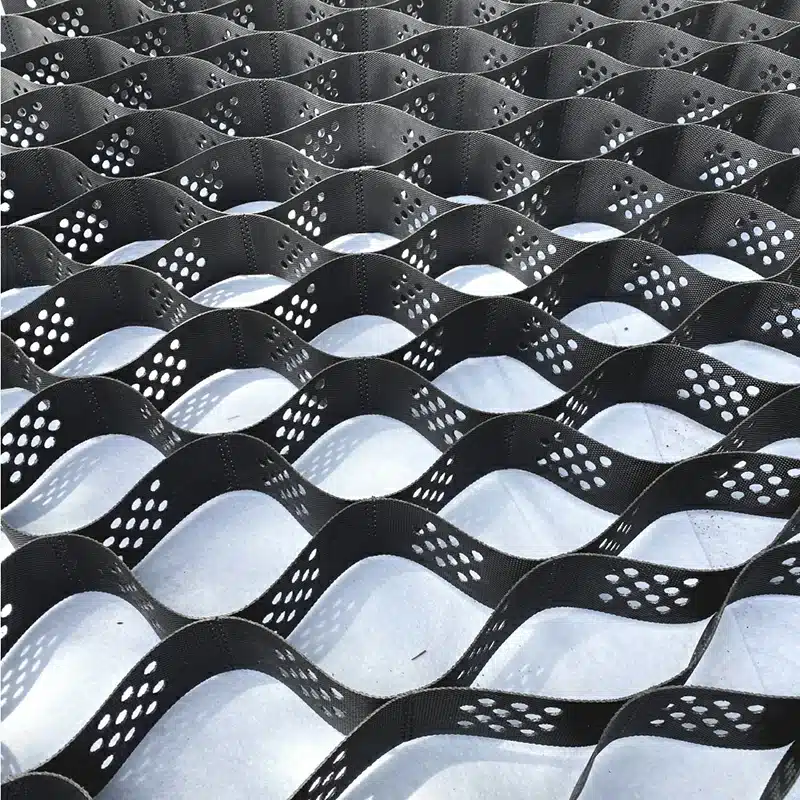
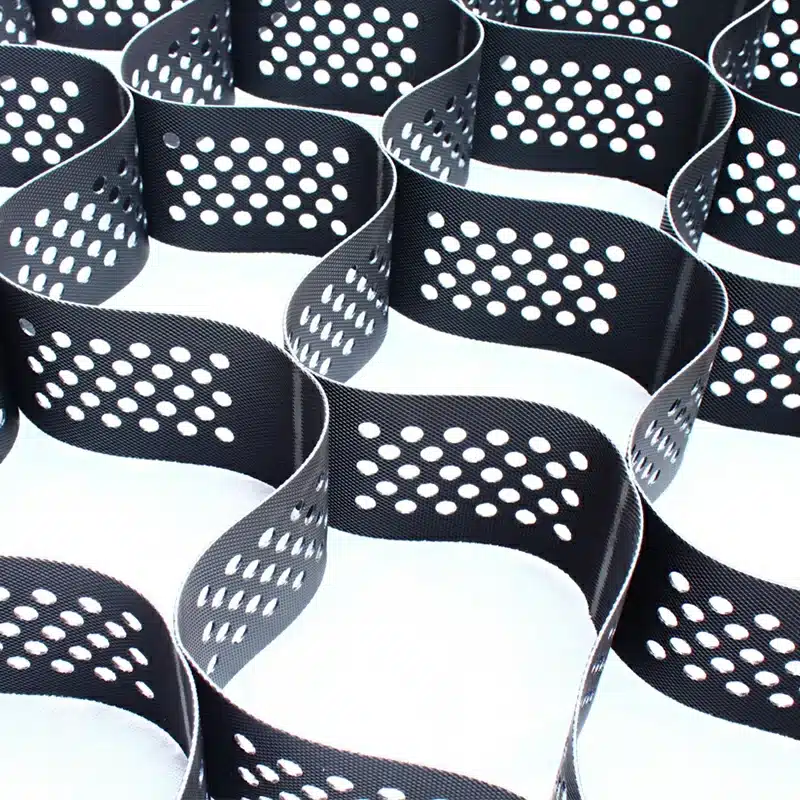
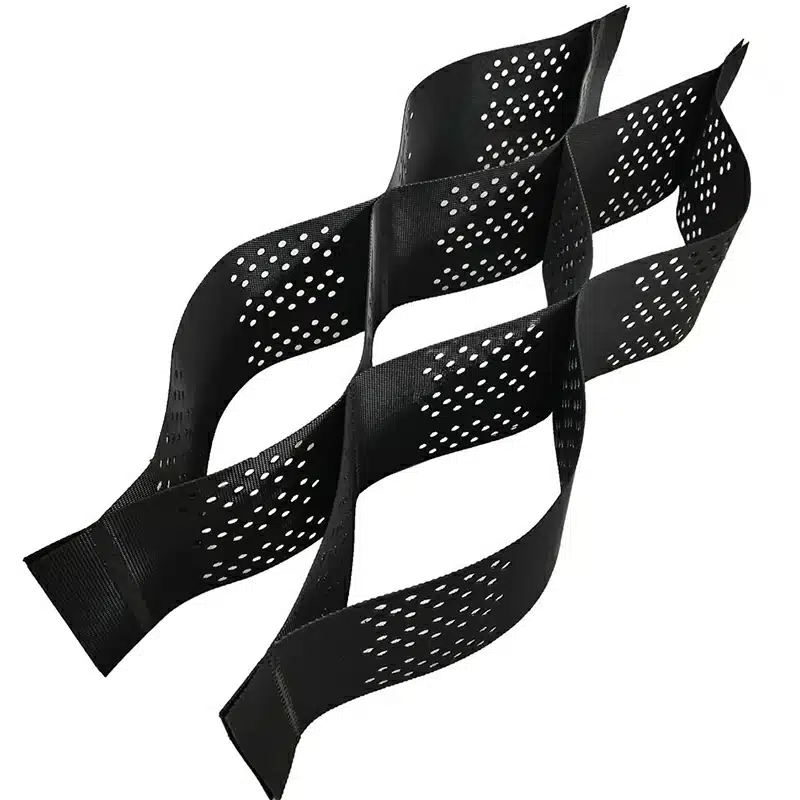
Get Free Sample
We’ll respond as soon as possible(within 12 hours)






















